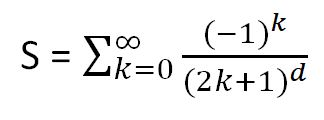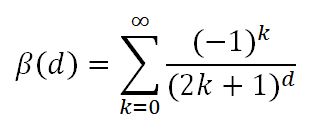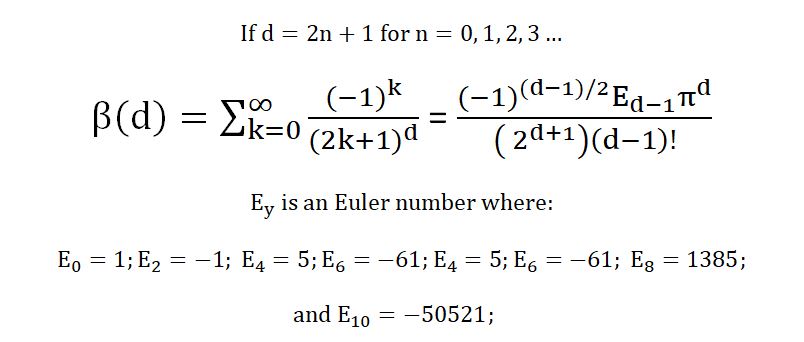When we write the old-fashioned way, with ink on paper, we rarely think of the pen’s ingredients. For hundreds of years gall ink was used to produce documents such as Shakespeare’s Will and the U.S. Declaration of Independence. The drafts of the latter were written on hemp paper, whereas, luckily, parchment made from sheepskin was used for the final copy. Why did it matter?

For starters, let’s discuss what gall ink is. Oak leaves produce tannins to protect themselves from insects and other herbivores. But certain species of small wasps can inject venom and an egg into the base of a leaf bud. A spherical colored ball, known as a gall, then develops around the egg to protect and nourish it. The compounds within the gall include tannic acid. If mature galls, which turn brown, are pulverized and the powder is added to water, it can be boiled and filtered. Centuries ago, someone thought of adding ferrous ion (Fe2+) from rust to the concoction and watched it turn blue-black. When gum arabic, a natural gum from the Acacia tree was added, the dark pigment could stick to paper. An ink was invented.

What caused a chemical change was the formation of a complex between tannic acid and Fe2+. Once stuck to the paper, thanks to gum arabic, oxygen from the air snatches an electron from each iron ion to change it to Fe3+. This further darkens the ink, but more importantly, it makes it water-insoluble. The problem is that if a cellulose-based paper is used, the Fe3+ can in turn act as an electron-thief and degrade the paper. Acids in gall ink unfortunately also help humidity attack cellulose in so-called hydrolysis reactions.
Thanks to the late 19th century discovery of triaryl methane dyes, ballpoint pens do not use gall ink. The 4 most common pigments in modern blue ink are Basic Violet 3 and 4 and Basic Blue 7 and 26. Basic Violet 3, which is also known as Crystal violet, was used as an antiseptic and fingerprint developer, and it still serves as a good bacterial stain. Basic Violet 4 is similar to 3, except that there are a pair of ethyl(CH2CH3-) instead of methyl(CH3-) groups attached to each nitrogen atom in the molecule. The Basic Blue dyes feature an aromatic ring which shifts the maximum wavelength of absorption causing a reflection of blue instead of violet hues. Their common names are Victoria Blue BO and B, respectively, and they are also used in the blue smoke of fireworks displays.
Of course, one needs a solvent to dissolve the colorants, which is why ballpoint cartridges include benzyl alcohol or phenoxyethanol. The latter has germicidal properties, which is why it’s used in many vaccine formulations; benzyl alcohol, whose toxicity is also low, can be obtained either from the petroleum distillate, toluene, or from jasmine’s essential oils. Both solvents are capable of dissolving fatty acids or polymers, which serve as a lubricant , so the ink can roll smoothly around the tiny ball at the tip of the pen.




















